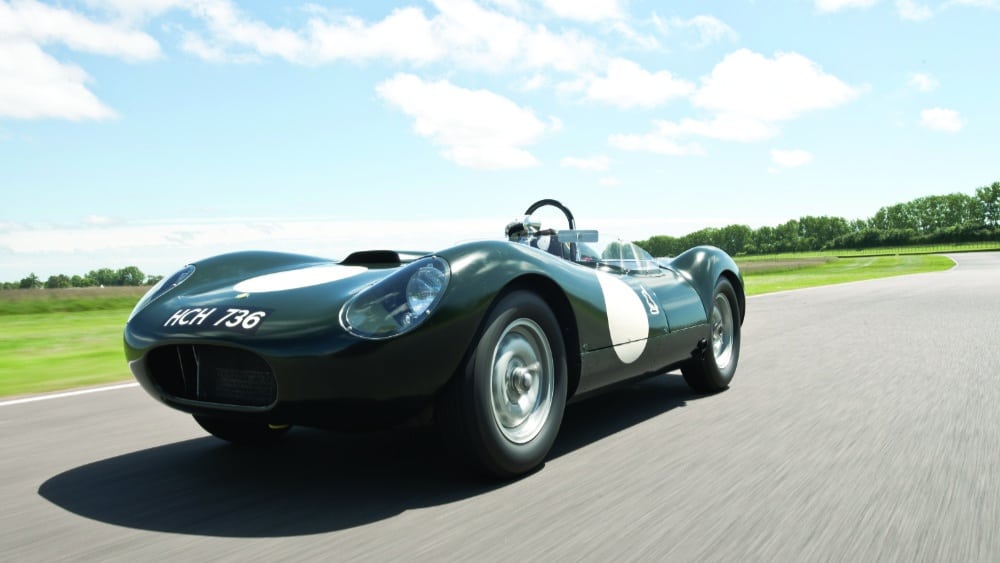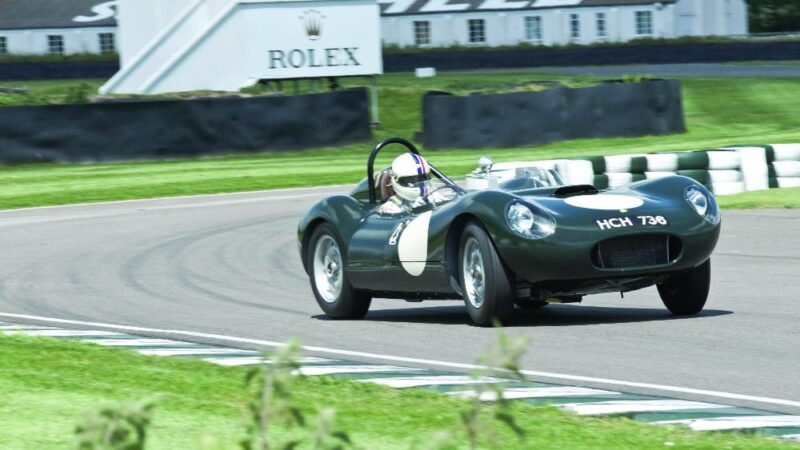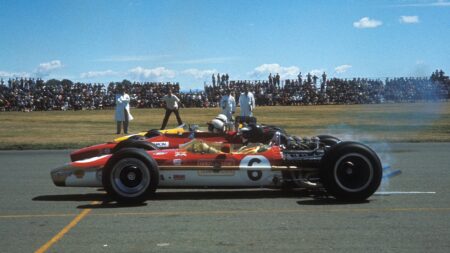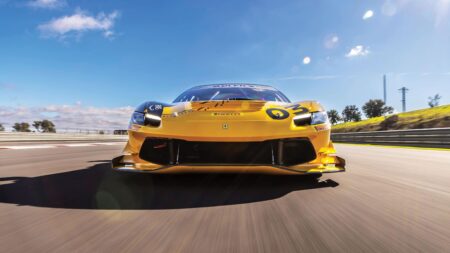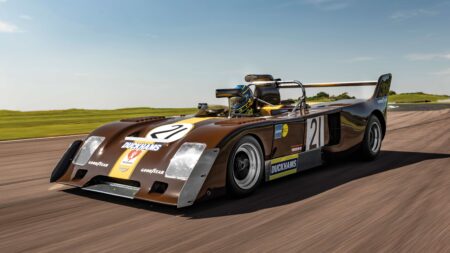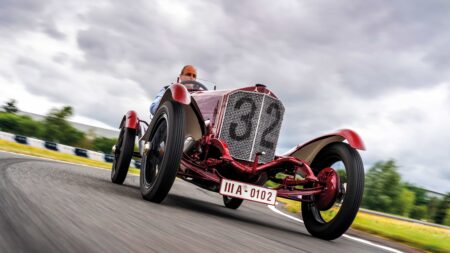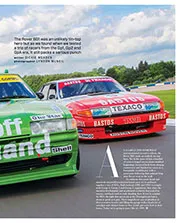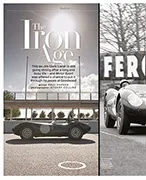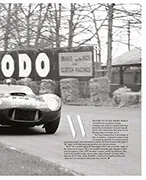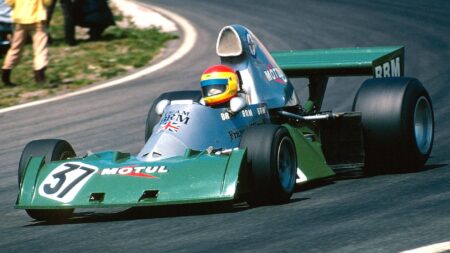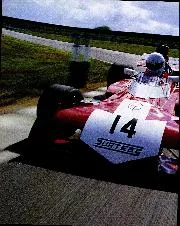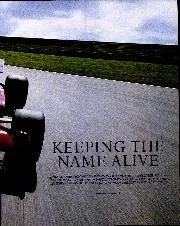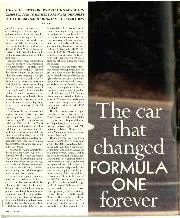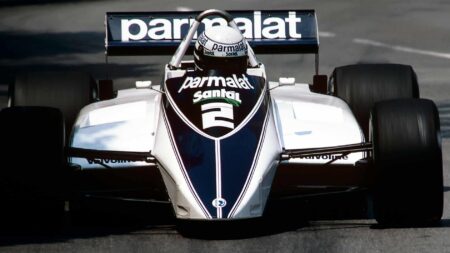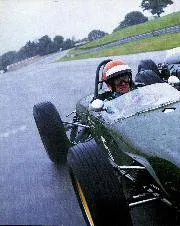“He was older than the rest of us and, although very pleasant, didn’t stick around after the race very much. I knew nothing of his life except that he had lost his sense of smell after a car accident. I was amazed when he offered to buy a Lister-Jag. I had no idea he had money and was very flattered that he wanted me to drive it. It was the only time I’ve had a fitting for a car.
“I didn’t have many races in it as I started to get a bit worried about the number of friends that got maimed or killed. I had one nasty crash at Silverstone in the Cooper-Bristol, had one more race after that and then had a meeting with Dick. He was happy to let Bruce [Halford] take over my drive. The car had no special name, possibly HCH 736, the registration number.
“When I started racing I noticed that teams with a French or Italian name could command a far higher starting fee, so I came up with Équipe Devone. We ran two F2 Cooper-Bristols, a sports Cooper-Bristol and an Aston Martin DB3S [ex-Peter Collins]. Other vehicles sometimes joined. I had a garage in Torquay, where they were maintained, and our mechanics earned a lot tuning local cars.”
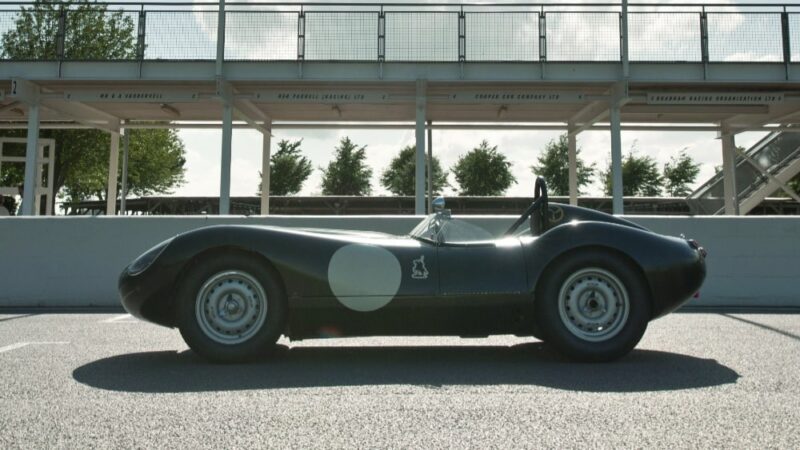
Bodywork design gave it the ‘Flat Iron’ nickname
Stuart Collins
For 1958 the front half of the bodywork was redesigned by Thom Lucas and built by Maurice ‘Mo’ Gomm, after which it was known as the ‘Flat Iron’. Sometime Maserati 250F racer Halford had his first outing in the Sussex Trophy at Goodwood, where he retired. The British Empire Trophy at Oulton Park came next and here Bruce finished fourth in heat one, but Scott Brown took over the car after his works Lister suffered steering arm failure and finished third in the final.
At a wet Aintree Halford spun at Tatts and split the radiator, causing him to retire. The BRSCC meeting at Mallory Park was more rewarding, Halford finishing second behind Scott Brown despite the Lister’s overheating and fading inboard rear brakes, typical of all Listers in period and in later life.
At the tragic Spa race where Scott Brown was fatally burned, Halford suffered gearbox trouble and retired. In 1958 a 3-litre limit was introduced for championship endurance racing and this was to prove terminal for Jaguar success at Le Mans and elsewhere. Five D-types, two of them from 1956/57 victor Ecurie Ecosse, and two Lister Jaguars were entered, one the Équipe Nationale Belge ‘Knobbly’ and HCH 736 for Bruce Halford and ex-merchant seaman Brian Naylor.
